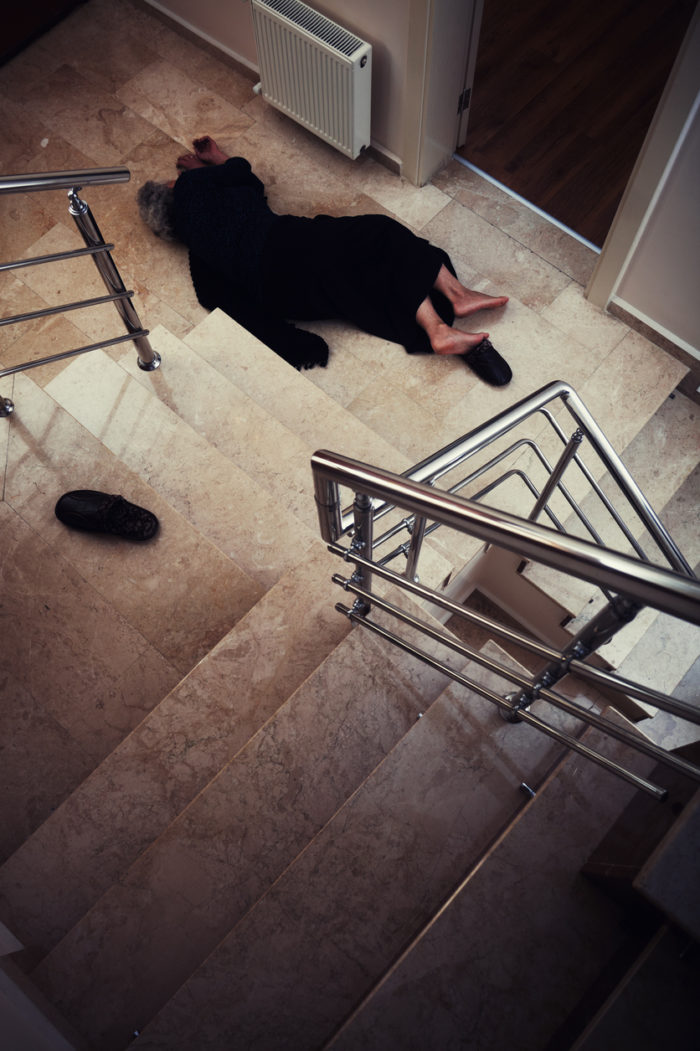The No. 1 cause of injury to U.S. seniors are falls. They happen at unimaginable rates. A member of the elderly population receives treatment in an emergency room every 11 seconds because of a fall. Someone age 75 or older dies from a fall every 19 minutes. In 2013, the latest year for which statistics are available, the accrued cost of falls was $34 billion. As Americans live longer, that cost is expected to spike in 2020 to $67.7 billion.
The National Council on Aging has challenged itself to reverse the rising costs, injuries and fatalities associated with falls through its National Falls Prevention Resource Center’s Falls Free Initiative. The initiative identifies falls as a major public-health problem that, in many cases, is preventable.
“The initiative includes a coalition of over 70 national organizations charged with working toward the progress of one or more of the strategies in the National Action Plan,” according to the council’s Web site. “Members are engaged in disseminating proven falls prevention programs, advocating for funding, and educating older adults about how they can reduce their risk of falling.”
Debunking some of the myths of seniors and falls also is a goal of the initiative. Among the myths are that falling is inevitable. The council disagrees.
“Reality: Falling is not a normal part of aging,” it states. “Strength and balance exercises, managing your medications, having your vision checked and making your living environment safer are all steps you can take to prevent a fall.”
Another myth is that limiting physical activity and staying inside will help seniors avoid falls. Not true, as more than half of all falls occur in the home. Adding to the public-health problem is the fact that there often is trepidation between seniors and their family members in talking about falls. Dad, Mom, Grandma or Grandpa might not want to bring up their concerns for fear of losing their independence. Conversely, family members might not want to address it so as to not hurt their parents’ or grandparents’ feelings. Ignoring the issue will do no good to anyone.
Staying in your home is not the answer either. Here in Florida, West Palm Beach and southeast Florida, we have a large elderly population. Florida has stringent building code laws that recognize the need to have clearly marked, unobstructed ingress and egress of buildings. If followed, these laws should prevent falls and slips by the elderly citizen as well as everyone else.
“Fall prevention is a team effort,” the council states. “Bring it up with your doctor, family, and anyone else who is in a position to help. They want to help you maintain your mobility and reduce your risk of falling.”
Both generations have a responsibility to one other. The older generation should find an exercise program that promotes balance and involves stretching and weight-bearing. They should get hearing and vision exams annually and review their medications with their doctors. The younger generation should notice if their elders are grabbing furniture, leaning on walls or having trouble maneuvering around their homes. If so, a safety walk-through the home to identify hazards (such as throw rugs or electrical cords) and obstacles (such as step-in showers or flights of stairs) should be conducted.
For additional information and resources for seniors, contact the Area Agency on Aging Palm Beach / Treasure Coast or call 866-684-5885.
Share This



